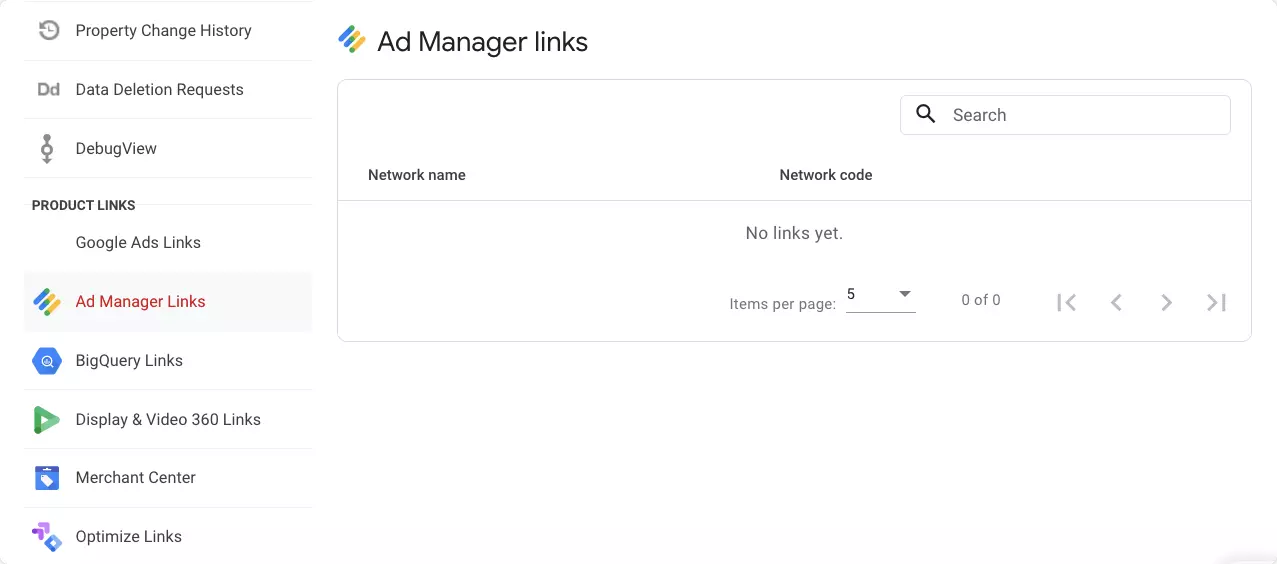Google Ad Manager and Google Analytics are powerful tools offering distinct data sets. While GAM provides insights into the monetization of your website, Google Analytics offers valuable information about user behavior and content performance. However, using these platforms separately means only seeing one perspective of your business at a time.
By integrating both platforms, you can gain a more comprehensive understanding of your website’s performance. This integration allows you to assign dollar values to each page and category on your site, giving you a better understanding of how your content performs in monetary terms. Armed with this information, you can identify areas for improvement and find ways to increase the value of your website.
Table of Contents
Benefits of Google Analytics Data with Ad Manager
There are many benefits of using Analytics and GAM data together, including the following:
Additional Metrics: Integrating Google Ad Manager to Google Analytics brings 10 additional metrics to the table — impressions, coverage, monetized page views, impressions per session, percentage of viewable impressions, clicks, CTR, revenue, revenue per 1000 Sessions, and GAM eCPM.
You can use them independently or in combination with one another. It’ll give you a new perspective on reporting.
Holistic Approach: You see the intersection between user flow and ad serving. You’ll understand how user behavior impacts revenue and how ads impact user behavior. It’ll help you in improving both aspects of your site together.
Remarketing: Publishers can share remarketing lists made in Google Analytics with Ad Manager networks to target specific segments. It’ll save you time from sharing the lists manually.
Pricing Decisions: Publishers can get demographic data for the site’s ad units. It helps in understanding the right value of individual ad units. So, the sales team can sell the inventory for what it’s worth.
Many publishers understand the importance of seeing the GAM and Analytics data through the same lens. To do so, they merge the reports manually from both services. But this process can be error-prone and time-consuming.
It’s better to automate the process to avoid risk and save time. But before starting the integration, you must meet the preconditions mentioned in the next section.
Prerequisites for Integrating Google Analytics with Google Ad Manager
The integration feature is not available in the free versions of Analytics and GAM. You’ll need Google Analytics 360 and Ad Manager 360, or you can pay Google to access this feature. The user needs to have Admin access to both services. The last requirement is that you should be serving most of your ads using Google Publisher Tags.
While integrating Google Analytics with Google Ad Manager 360, you’ll need the following information:
- The email address of the admin of both platforms.
- The name of your Analytics 360 Account Manager or Reseller Manager.
- Your Analytics Property ID. Go to “Admin” and click on “Tracking Code” in the “Property” section to find the Property ID.
- Your Ad Manager Network ID. You’ll find it in Admin > Global Settings > Network settings in the ad server’s interface.
How to Integrate Google Analytics with Google Ad Manager?
Once you have gathered all the information, you can begin the integration process. First, you have to request Google for the integration from Analytics 360. The approval can take anywhere between 24 to 48 hours.
Google Analytics and GAM collect data separately from a page. The data collected by GAM is not compatible with GA. Shared IDs help in making the data fit for GA. It joins the data to form the collective reports for the user.
Here’s how the integration process flows:
- Go to Google Analytics 360
- Go to the Help Section > Need More Help
- Select “Other Issues” and then “Email Support”
- Go to “Issue Type” and select “Google Ads Manager Linking”
- Answer the questions
- Once your request is accepted, go to Google Ad Manager.
- Select Admin > Linked accounts from the left panel, navigate to Google Analytics property links, and add the Google Analytics property.

- In the same section, click Global settings; in the Network settings tab, scroll down to Report settings. Here, turn on the toggle to connect the two properties.

Once done, your Google Ad Manager 360 data should appear in Google Analytics. Please note that the merged data will be available only from the integration date. Also, the reports will be approximate. The main purpose of this integration is to identify trends. So, you shouldn’t use these reports for accounting work or financial reconciliation.
*Google Analytics 4 has a Life cycle ‘Monetization’ that enables you to find data on all revenue-related campaigns.
What’s Next?
Once you have linked Google Analytics with Google Ad Manager, use the new metrics to improve your earnings and user experience. Find patterns like the kind of content that generates high revenue, the most profitable traffic sources, the impact of ad load on user engagement, etc. Leverage the findings for rapid business growth. You can hire expert professionals or companies specializing in web data analysis to ensure maximum utilization of the data at your disposal.























